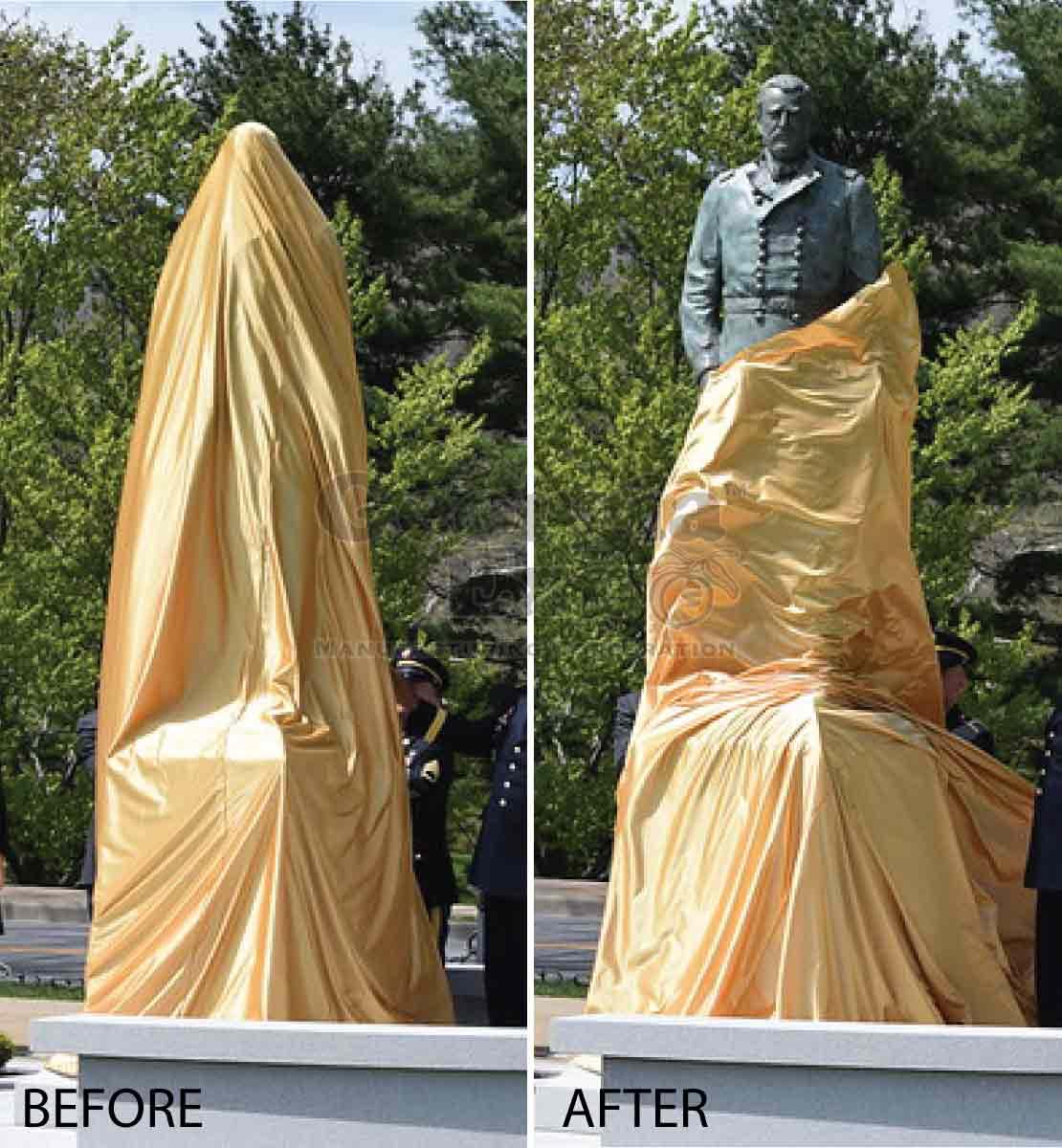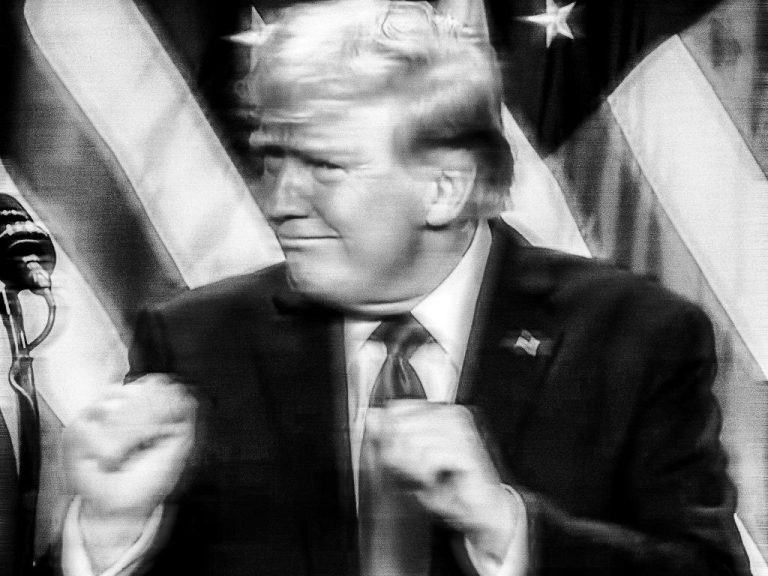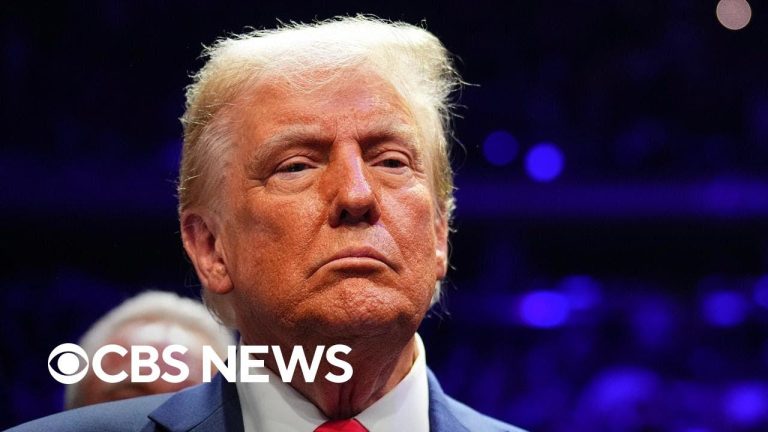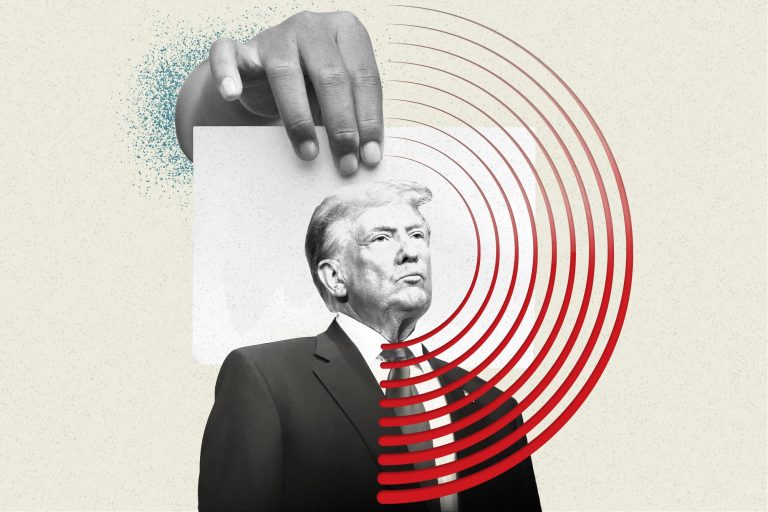
Have you ever wondered if forecasting the results of any election could become more precise than ever? Can we securely predict the political inclinations of any person? The answer is a resounding ”maybe.” Join us as we venture into the complicated and captivating realm of election predictions. We’ll investigate the remarkable advancements in data analysis and the quest for more accurate estimations. By dissecting the methodologies and successes of current election prediction models, we’ll ponder whether they’re the key to unriddling the enigmatic human behavior in the political arena.

Unveiling the Limitations of Traditional Polling: Exploring the Need for Alternative Election Forecasts
Unveiling the Limitations of Traditional Polling
Traditional polling methods often rely on random sampling or specific demographic groups, but these approaches can lead to biased or inaccurate results. Unregistered voters, minority groups, and young people are among those frequently underrepresented in traditional polls, potentially skewing election forecasts. Additionally, traditional polling often fails to capture last-minute shifts in voter sentiment, as individuals may change their minds or decide not to participate closer to Election Day.
To compensate for these limitations, alternative election forecasts are emerging, utilizing a range of data sources and methodologies. Social media analysis, betting markets, and online polling are just a few of the methods employed by these alternative forecasts. However, it is essential to note that each approach comes with its own set of challenges and potential biases. Therefore, a comprehensive and nuanced interpretation of multiple forecasting models is crucial to gaining a more accurate understanding of the electoral landscape.
Beyond the Numbers: The Promise and Pitfalls of Advanced Election Forecasting Models
Predicting the outcomes of elections is a complex endeavor, one that has been undertaken for centuries using a variety of methods. In recent years, advanced election forecasting models have emerged as a new tool for predicting election outcomes, and they have been used with increasing frequency by political scientists, journalists, and campaigns.
These models use a variety of data sources to predict election outcomes, including polls, demographic data, and economic data. They are often very complex, and they can be difficult to understand and interpret. However, they have the potential to provide more accurate predictions than traditional methods, such as polls.
Striking a Balance: Utilizing Election Forecasts Wisely and Approach
Understanding Forecast Limitations:
Election forecasts provide valuable insights, but it’s crucial to recognize their limitations. They rely on models that aggregate various data sources, such as polls, demographic information, and even social media sentiment. However, these models can be imperfect, and unforeseen events or shifts in public opinion can upset predictions. It’s essential to treat forecasts as aids rather than exact projections.
Effective Forecast Utilization:
To leverage election forecasts effectively, avoid making decisions solely based on their results. Instead, use them to inform your understanding of the landscape, identify potential outcomes, and formulate contingencies. Forecasts can provide valuable guidance for planning campaigns, allocating resources, and making strategic decisions. However, they should be complemented with a keen understanding of the race, thorough polling, and other sources of information to make well-rounded judgments.
The Conclusion
And so, as the stars dim and the ballots are cast, election forecasts continue to evolve, their blinking lights guiding us through the labyrinth of political uncertainty. They may not yet be the perfect seers we seek, but they serve as a reminder that the future, like the path of democracy itself, is a winding road, full of surprises and potential pitfalls. As we navigate this ever-unfolding electoral landscape, may these forecasts be our North Stars, illuminating our understanding and helping us to chart a course towards a brighter, more informed tomorrow.



